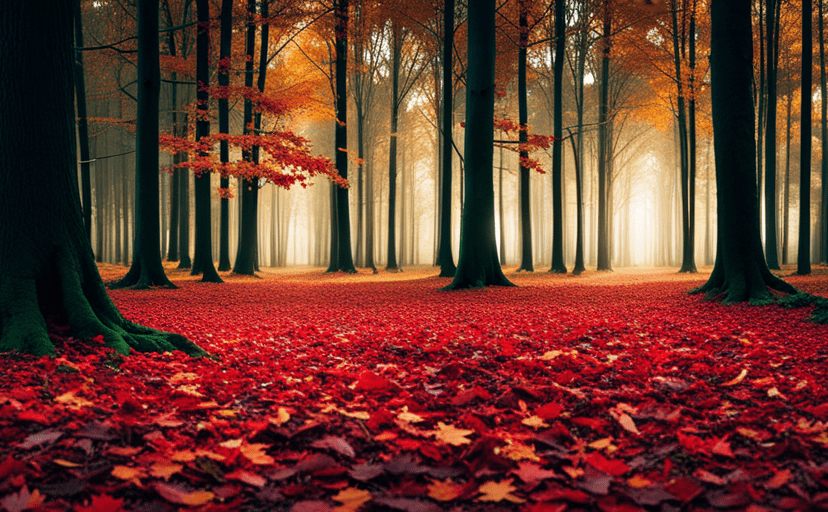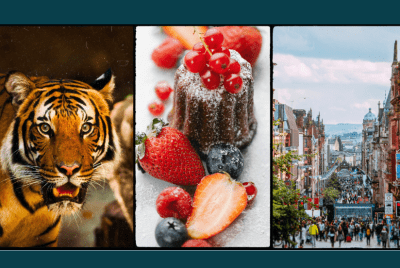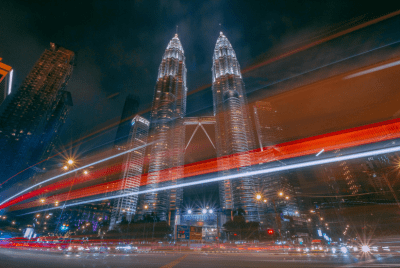Nature’s Masterpieces: Journey into the Realm of Stunning Nature Photography
Nature Photography – What is It?
Nature photography allows us to preserve fleeting moments in time, showcasing the wonders of the earth and its inhabitants. In this article, I’ll share with you the benefits of nature photography and provide helpful suggestions on how to enhance your skills and capture stunning nature images.
I am a participant in the Amazon Services LLC Associates Program, an affiliate advertising program designed to provide a means for me to earn fees by linking to Amazon.com and related sites. This post may contain affiliate links, which means I may receive a commission, at no cost to you, for purchases made using my links. Please see my disclosure to learn more.
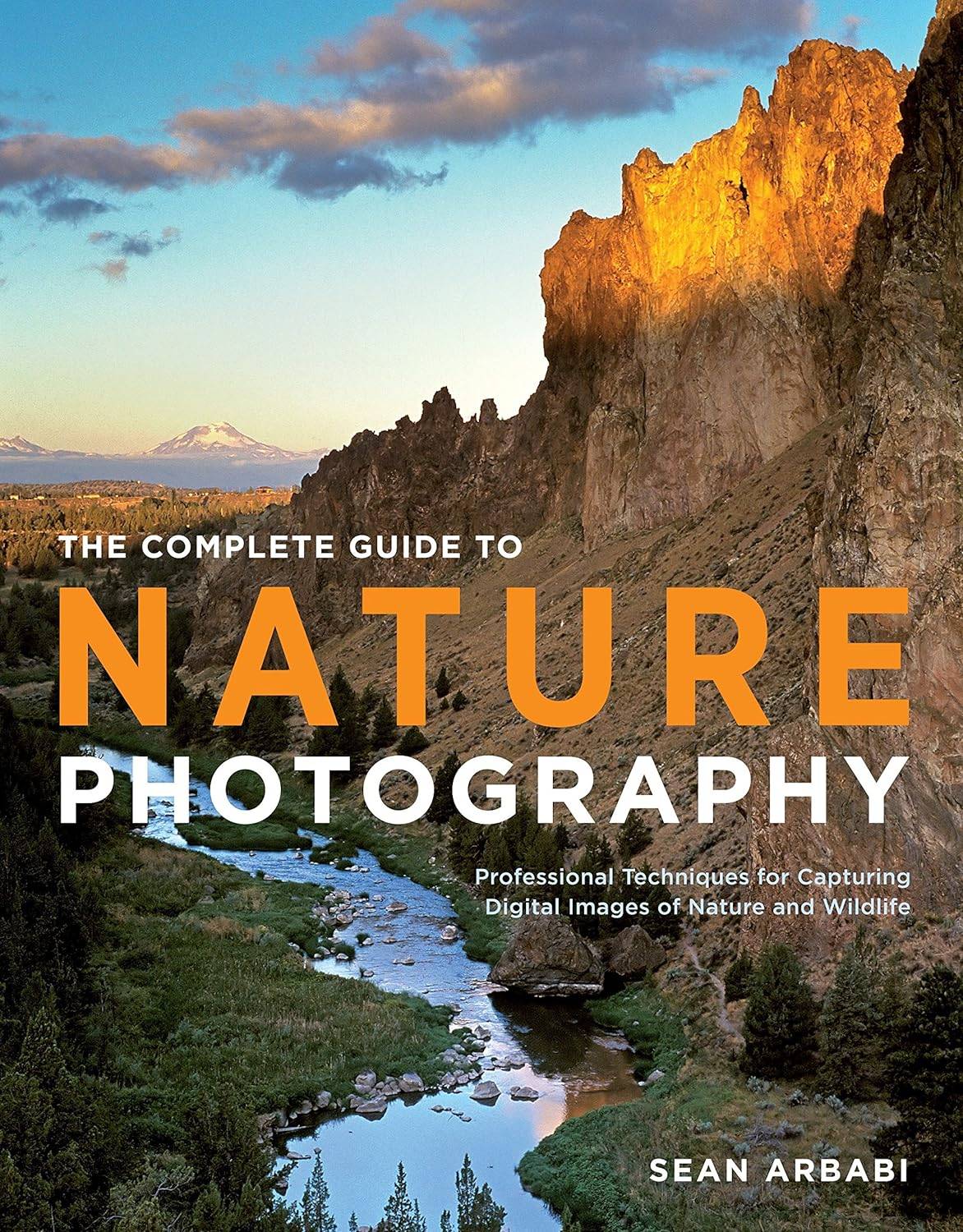
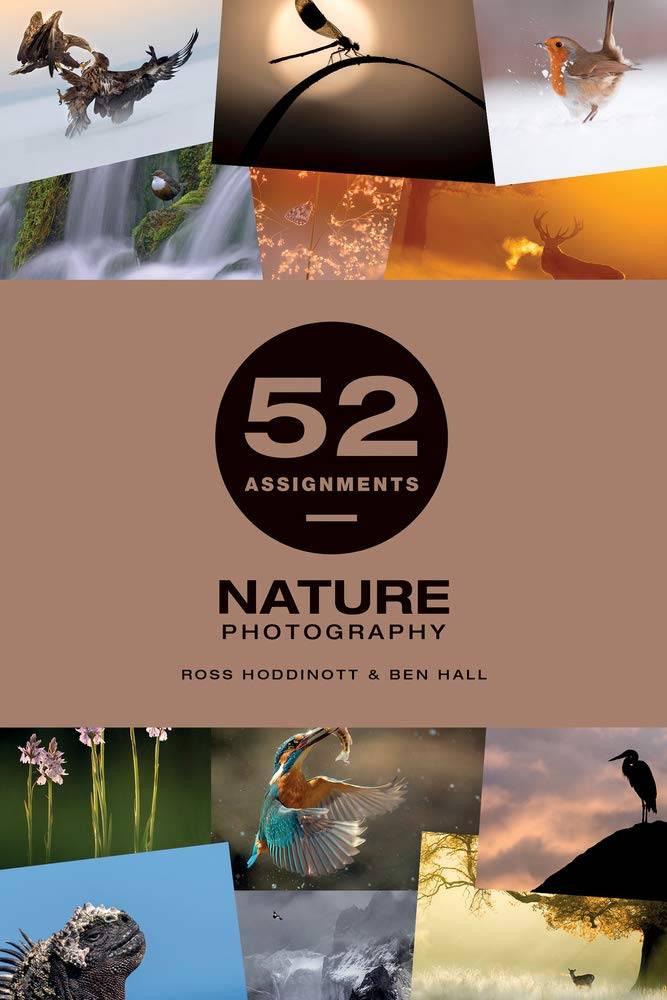
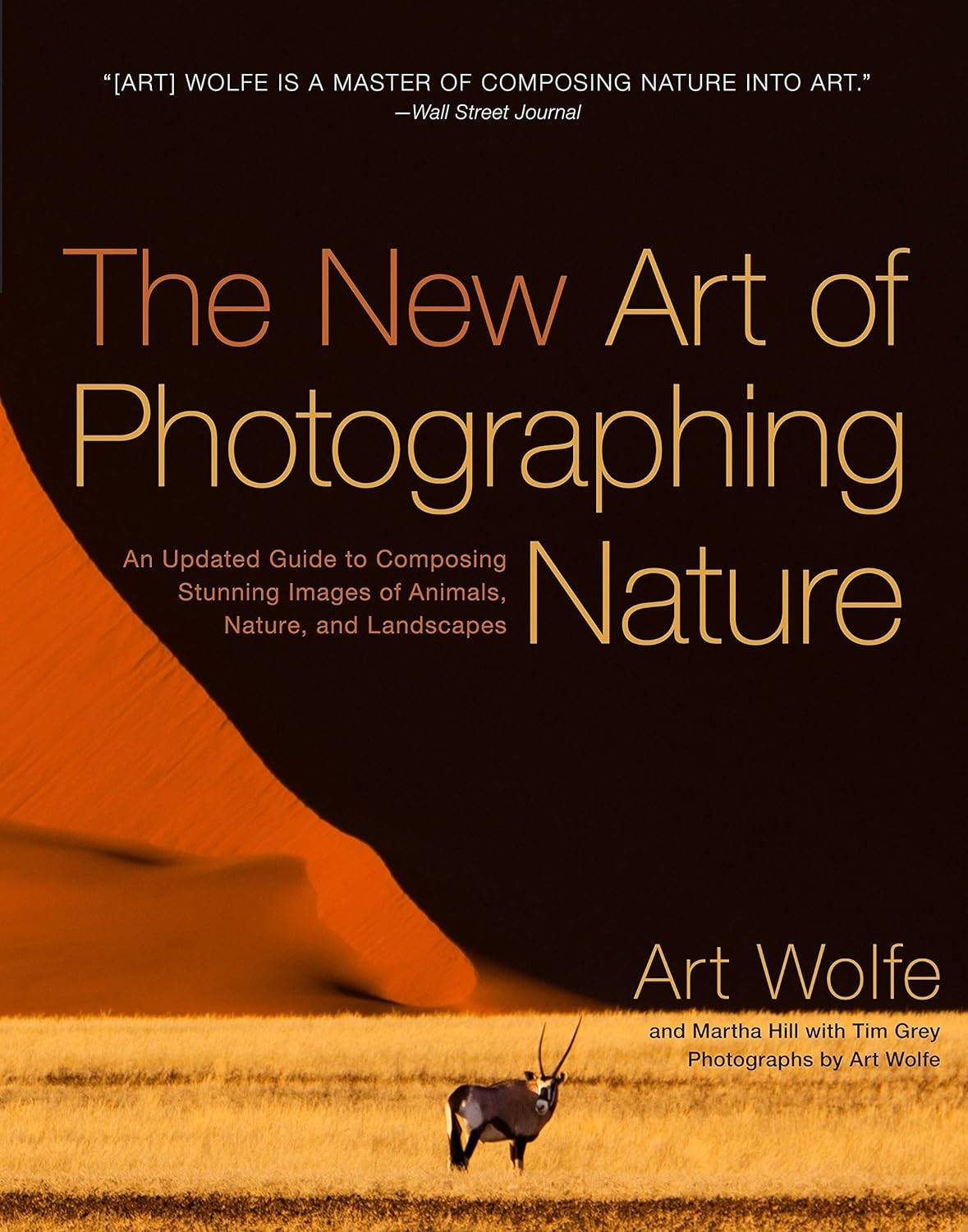
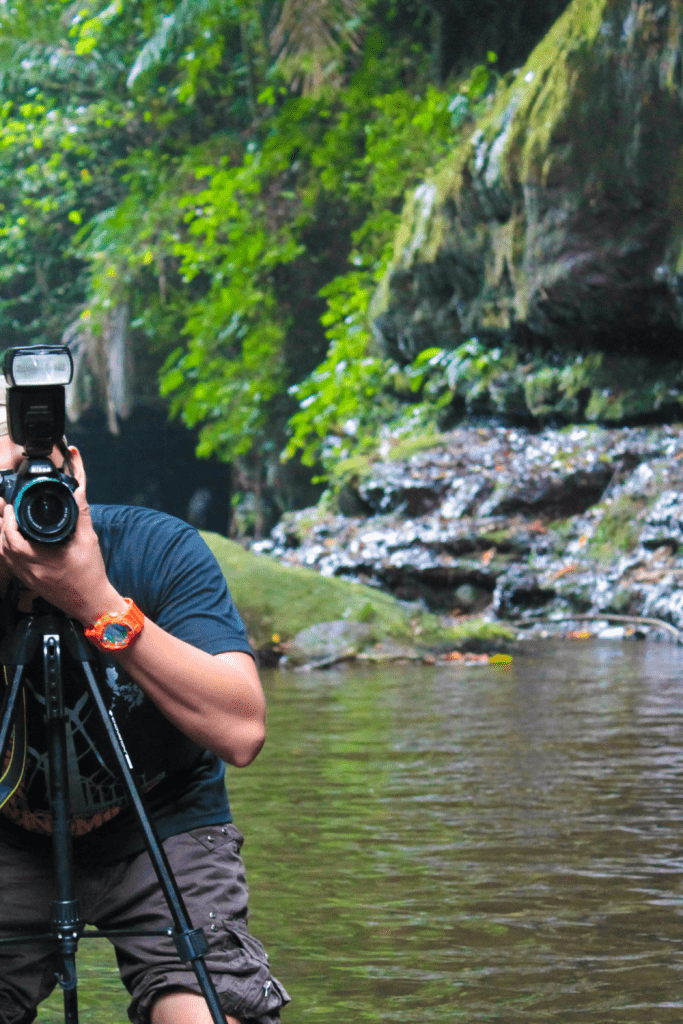
Nature photography is more than just taking pictures of landscapes or wildlife; it’s a way to connect with nature on a deeper level. Through the lens of a camera, we can appreciate the intricate details, vibrant colors, and breathtaking scenes that nature has to offer. Whether you are a beginner or an experienced photographer, the following tips and techniques will help you improve your nature photography skills and create compelling images.
Benefits of Nature Photography
Connecting with Nature
One of the greatest benefits of nature photography is the opportunity to connect with the natural world. Spending time in nature, observing its beauty, and capturing it through photography allows us to develop a deeper appreciation for the environment. It enables us to see the world through a different lens and encourages us to become more mindful of our surroundings.
Stress Relief
Nature photography can also serve as a form of stress relief. Being in natural settings has been shown to reduce stress levels and improve overall well-being. When you immerse yourself in the peacefulness of nature while focusing on composing the perfect shot, it can provide a sense of calm and tranquility, allowing you to escape the hustle and bustle of daily life.
Creative Expression
Nature photography offers a platform for creative expression. It allows photographers to showcase their unique perspectives and convey emotions through their images. From capturing the grandeur of a mountain range to the delicate details of a flower petal, nature provides endless opportunities for artistic expression and experimentation.
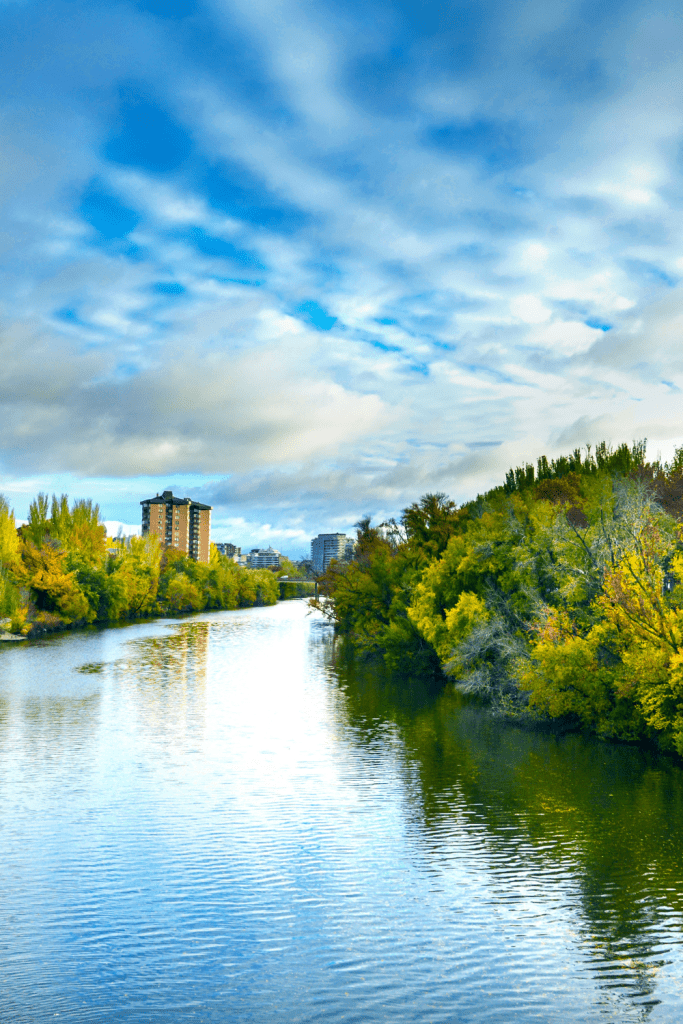
Essential Equipment for Nature Photography
To capture stunning nature photos, it’s important to have the right equipment. Here are some essential items you should consider:
Camera and Lens Selection
Investing in a good quality camera and lenses suitable for nature photography is crucial. Look for cameras with high-resolution sensors and good low-light performance. A versatile lens with a focal range suitable for wide-angle and telephoto shots will allow you to capture a variety of scenes.
Tripod and Filters
A sturdy tripod is essential for achieving sharp and steady shots, especially in low-light situations. Additionally, filters such as polarizers and neutral density filters can help enhance colors, reduce reflections, and control the amount of light entering the camera.
Recommended
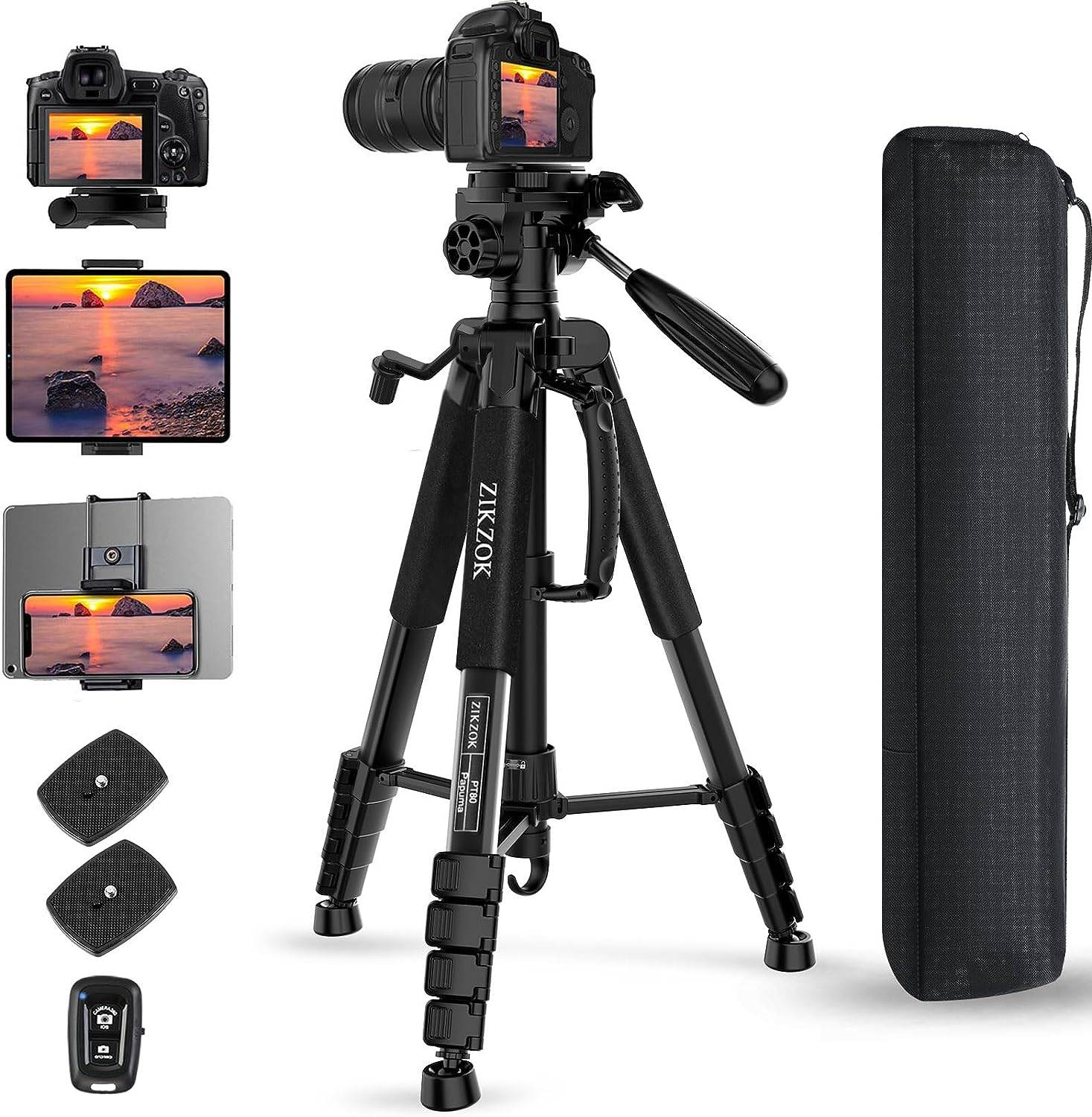
ZIKZOK 75 Inch Camera Tripod Set
Recommended
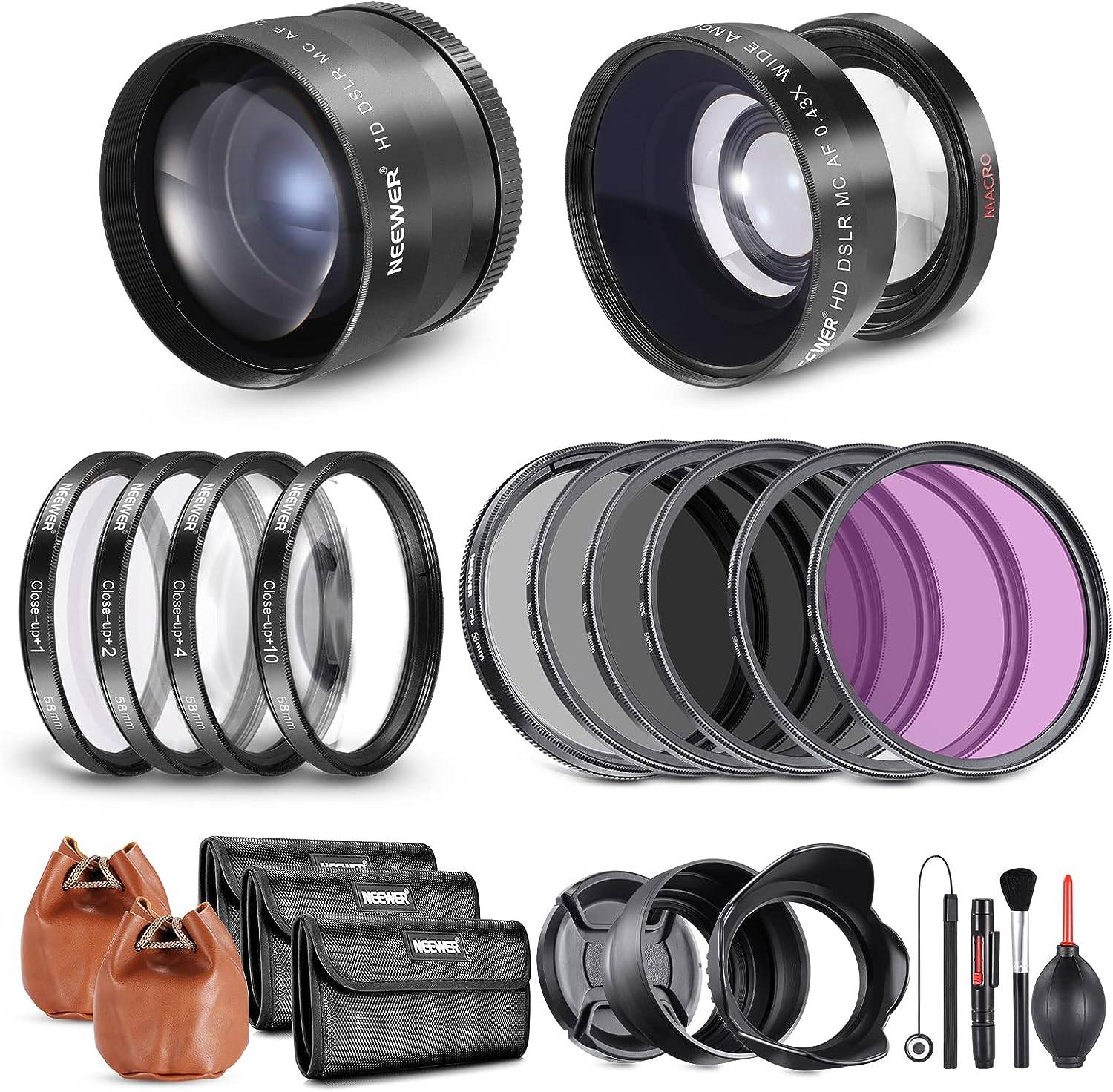
NEEWER 58mm Lens and Filter Set
Accessories for Protection and Convenience
Don’t forget to pack accessories like lens cloths, extra batteries, and memory cards. It’s also advisable to have a rain cover or protective casing for your camera to shield it from the elements and ensure its longevity.
Composition Techniques for Stunning Nature Photos
Composition plays a vital role in creating visually appealing nature photographs. By applying the following techniques, you can elevate your images to new heights:
Rule of Thirds
The rule of thirds involves dividing the frame into a grid of nine equal parts and placing the main subject or points of interest along the intersecting lines or at their intersections. This technique creates a sense of balance and visual interest, making your photos more engaging.
Leading Lines
Using leading lines, such as a curving path, a river, or a row of trees, can guide the viewer’s eye into the scene and create a sense of depth and dimension. Look for natural elements that can serve as leading lines to add visual impact to your photographs.
Framing
Framing your subject within natural elements, such as branches, archways, or rock formations, can add depth and context to your photos. It helps draw the viewer’s attention to the main subject and creates a more immersive experience.
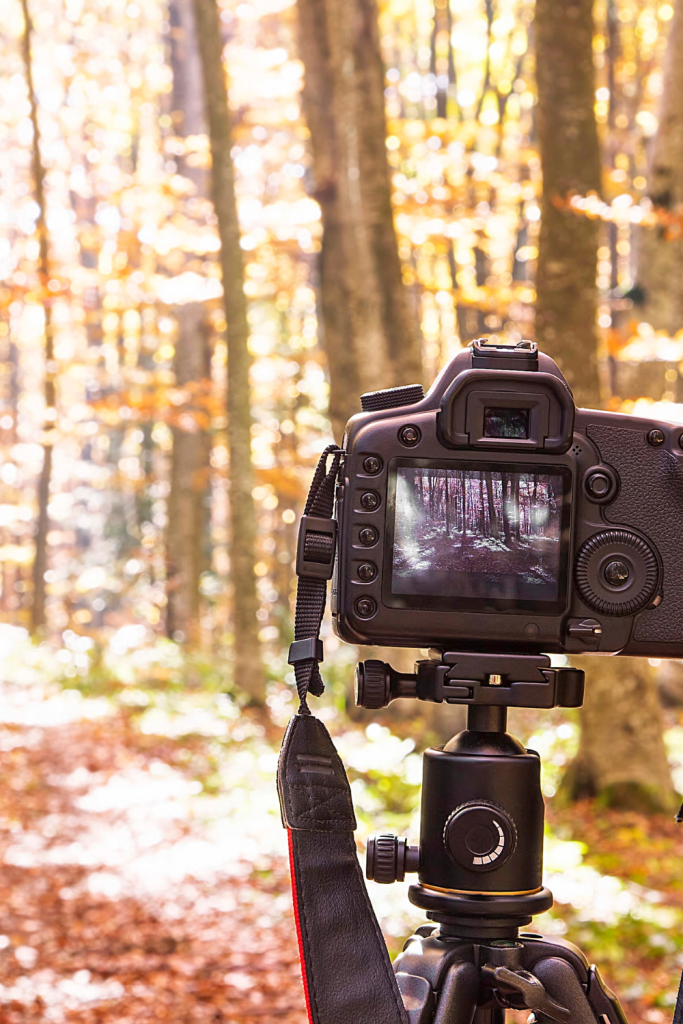
Capturing Light in Nature Photography
Light is a crucial element in photography, and understanding how to utilize it effectively can make a significant difference in your nature photos. Consider the following techniques:
Golden Hour
The golden hour refers to the magical period just after sunrise or before sunset when the lighting is warm, soft, and creates a magical glow. During this time, the angles of light are more favorable, resulting in beautiful colors and long shadows that can add depth and dimension to your images.
Backlighting
Backlighting occurs when the primary source of light is behind your subject. This technique can create stunning silhouettes or add a soft, ethereal glow to your images. Experiment with different angles and adjust your exposure settings to achieve the desired effect.
Silhouettes
Silhouettes can be a powerful way to convey mood and drama in nature photography. Position your subject against a bright background, such as a vibrant sunset or a sky filled with clouds, and expose for the background to create a striking silhouette.
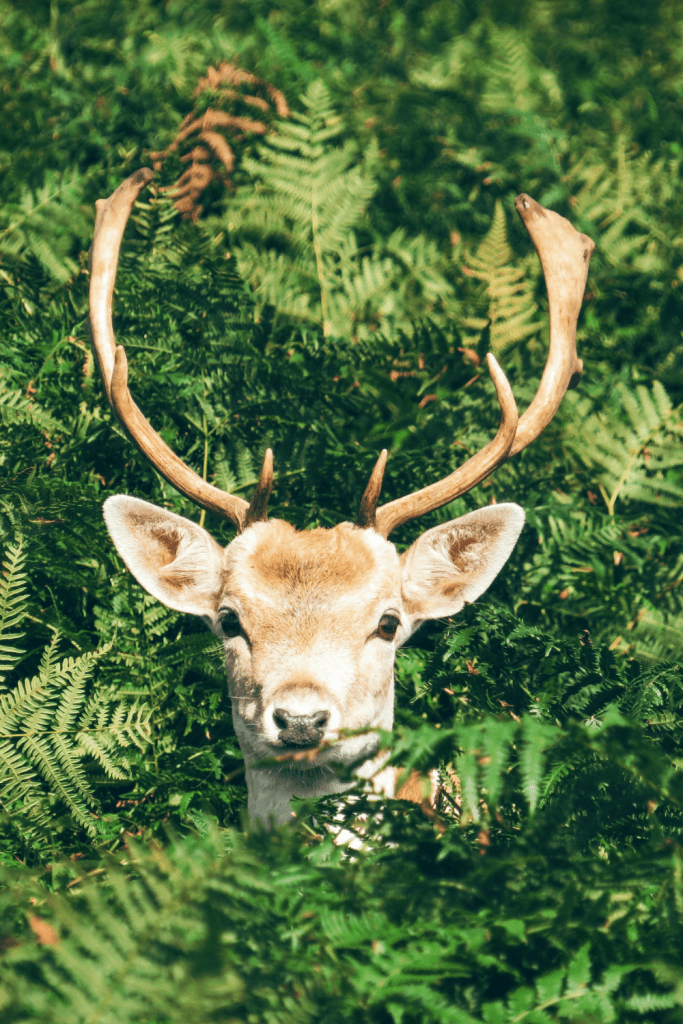
Tips for Photographing Wildlife
Capturing wildlife in their natural habitat requires patience, observation, and respect for the animals and their environment. Here are some tips to help you photograph wildlife effectively:
Patience and Observation
Take the time to observe the behavior of the animals you wish to photograph. Patience is key when waiting for the perfect moment to capture a unique behavior or expression. Stay quiet and avoid sudden movements to avoid disturbing the wildlife.
Telephoto Lenses
A telephoto lens allows you to photograph wildlife from a distance without disturbing them. It helps you capture detailed shots of animals without getting too close, ensuring both your safety and the well-being of the animals.
Respecting Animals and Their Habitat
When photographing wildlife, it’s essential to respect their space and habitat. Avoid causing stress or harm to the animals by keeping a safe distance and refraining from interfering with their natural behavior. Remember, the welfare of the animals should always come first.
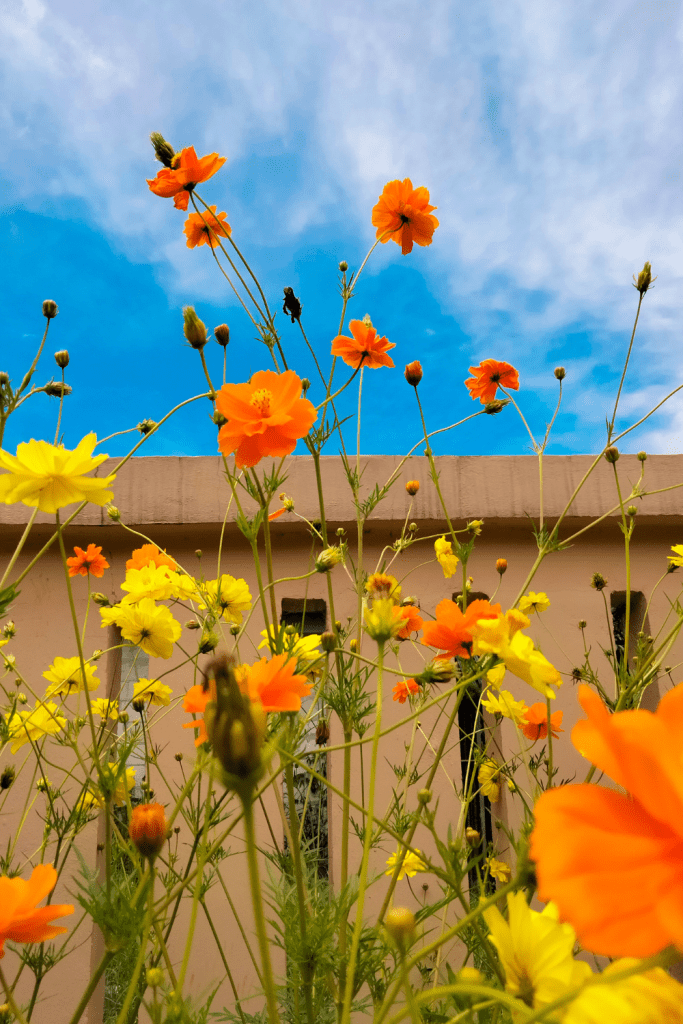
Editing and Post-Processing
Editing and post-processing can enhance your nature photos and bring out the best in them. Consider the following aspects:
Raw vs. JPEG
Shooting in RAW format allows for more flexibility during post-processing, as it retains more image data. However, it requires additional editing compared to JPEG files. Evaluate the pros and cons of each format based on your preferences and editing capabilities.
Adjusting Exposure and Colors
Fine-tuning exposure and colors can significantly impact the mood and overall look of your images. Use editing software to adjust brightness, contrast, saturation, and white balance to bring out the natural beauty of your nature photos.
Enhancing Details
Sharpening and enhancing details can make your images more visually appealing. Use selective sharpening techniques or apply localized adjustments to highlight specific areas of interest in your photos.
Sharing and Showcasing Your Nature Photos
Once you have captured stunning nature photos, it’s time to share and showcase your work. Consider the following platforms:
Social Media Platforms
Social media platforms like Instagram, Facebook, and Twitter provide a wide audience for sharing your nature photos. Utilize hashtags and engage with other photographers and nature enthusiasts to expand your reach and receive feedback on your work.
Online Photography Communities
Joining online photography communities and forums allows you to connect with fellow photographers, participate in discussions, and receive constructive criticism. These communities often provide opportunities to showcase your work through galleries or photo challenges.
Exhibitions and Contests
Consider entering your nature photos in photography exhibitions and contests. These events offer a chance to gain recognition, receive feedback from professionals, and potentially win awards or prizes. Participating in such events can further motivate and inspire you to improve your skills.
Nature Photography Final Thoughts
Nature photography provides a wonderful opportunity to connect with nature, relieve stress, and express creativity. By following the tips and techniques discussed in this article, you can enhance your nature photography skills and capture breathtaking images. Remember to respect the environment and wildlife while enjoying the process. So, grab your camera, explore the beauty of nature, and let your passion for photography flourish.
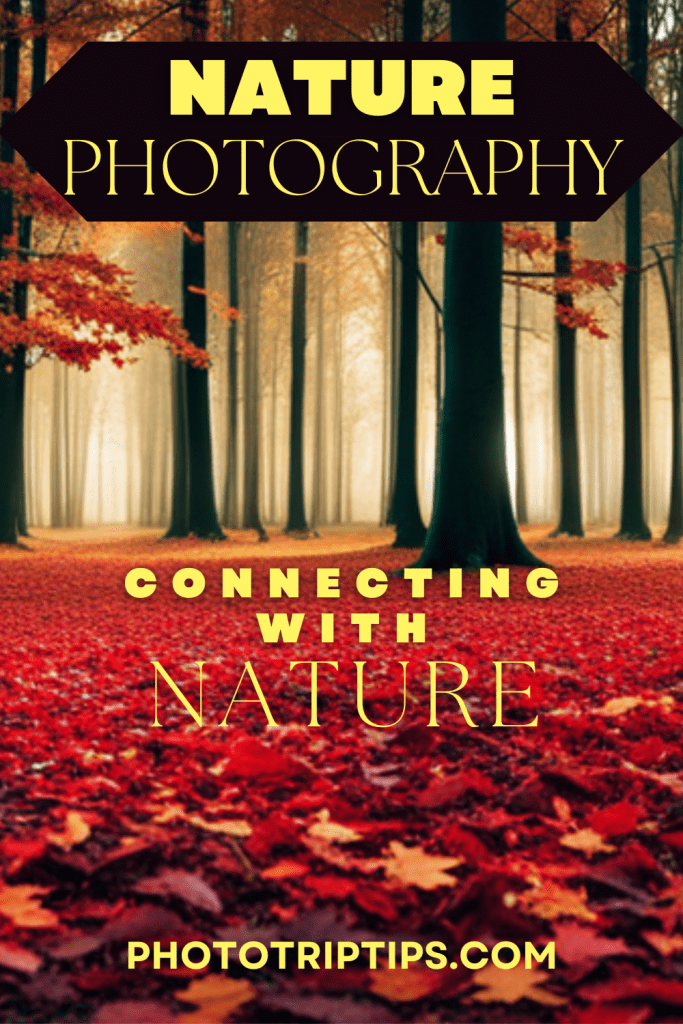
FAQs
1. What type of camera is best for nature photography?
The best camera for nature photography depends on your budget and specific needs. However, cameras with high-resolution sensors and good low-light performance are generally recommended.
2. Do I need expensive lenses for nature photography?
While high-quality lenses can make a difference in image quality, there are excellent options available at various price points. Invest in lenses suitable for wide-angle and telephoto shots to capture diverse nature scenes.
3. How can I improve my composition skills in nature photography?
Practice and study the works of experienced photographers. Experiment with different composition techniques, such as the rule of thirds, leading lines, and framing, to create visually appealing images.
4. Should I shoot in RAW or JPEG format?
Shooting in RAW format allows for more flexibility during post-processing, but it requires additional editing. Consider your preferences and editing capabilities when deciding between RAW and JPEG.
5. What are some ethical considerations when photographing wildlife?
It’s crucial to respect wildlife and their habitats. Keep a safe distance, avoid disturbing animals, and prioritize their well-being over getting the perfect shot.

